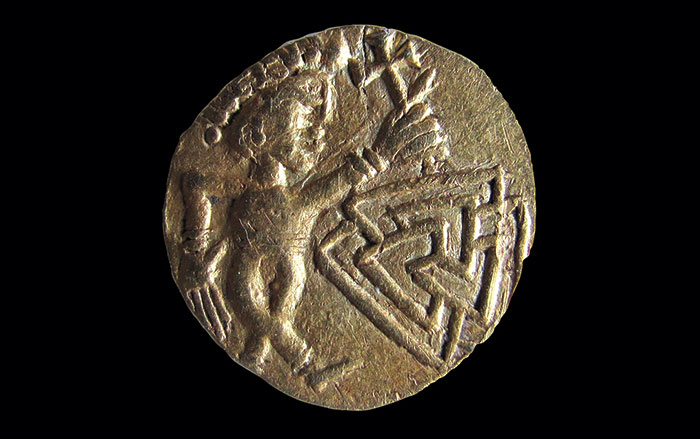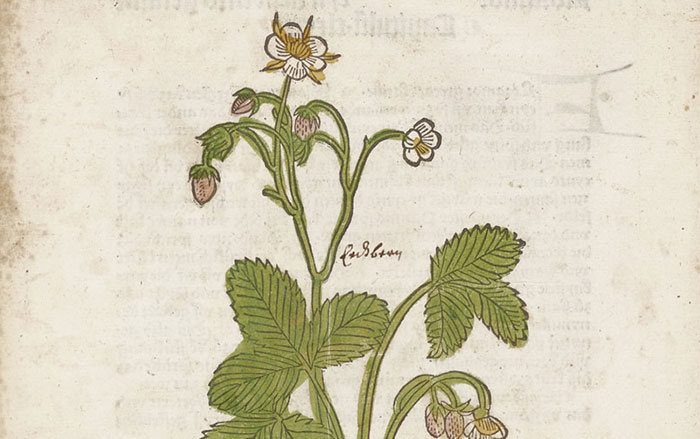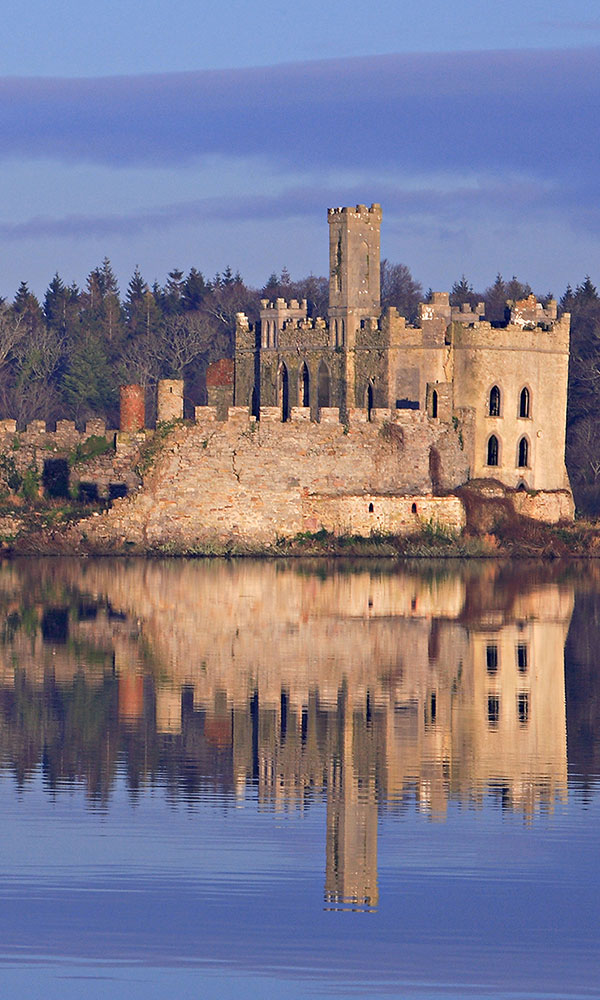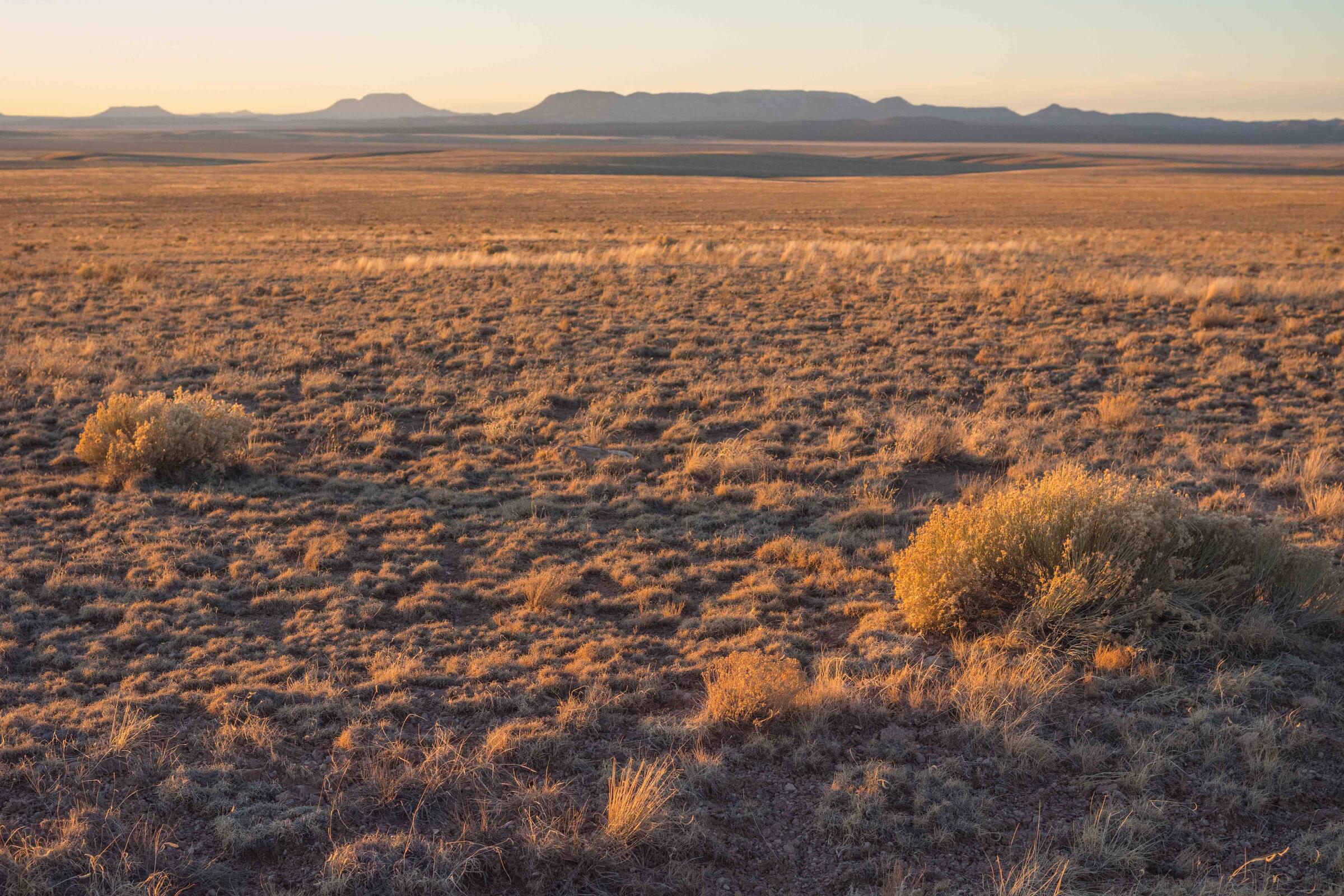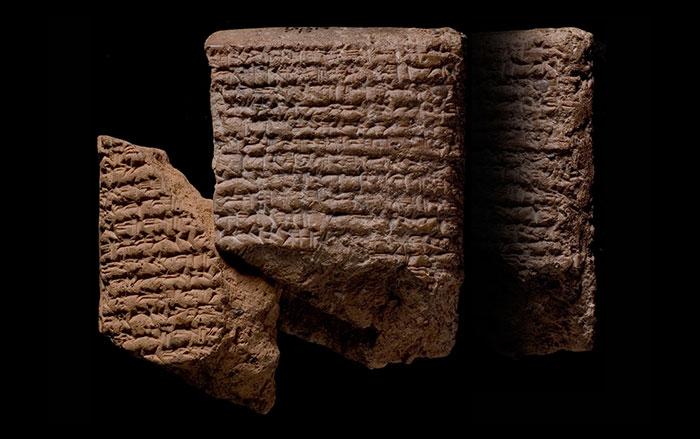
NEWCASTLE UPON TYNE, ENGLAND—The Guardian reports that researchers led by retired army colonel Andrew Marriott of Newcastle University used X-ray fluorescence to examine the chemical composition of Victoria Cross medals made between 1856 and 2013. Tradition suggests the award, which was instituted by Queen Victoria, was crafted from Russian guns captured at the siege of Sevastapol in 1855. The investigation found, however, that the composition of the medals changed during World War I, and again during World War II. “Although we know that Queen Victoria decreed that the new honor be cast from bronze, there is no evidence to suggest that she wanted captured weapons from Sevastopol to be used for this purpose,” Marriott said. During a World War I metal shortage, Britain’s War Office supplied the sole producer of the award with metal from Crimean guns, based on a tradition Marriott thinks originated in a newspaper report of an 1857 medal ceremony. Medals made now are thought to be sourced from a nineteenth-century cannon from another conflict. “While it’s unlikely that even the earliest medals came from the ordnance captured at Sevastopol, it is clear that most of the VCs awarded since the First World War have plausibly been sourced from the cascabels of captured guns—an important and symbolic fact for those who have received the honor in recognition of their bravery,” Marriott concluded. To read about a jet necklace worn by a Briton long before Queen Victoria donned her own jet jewelry in mourning, go to "Jetting Across the British Isles."


